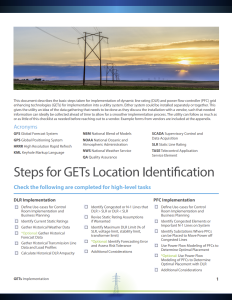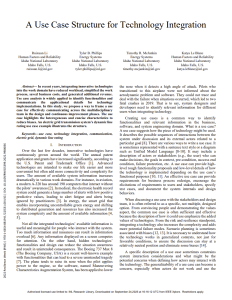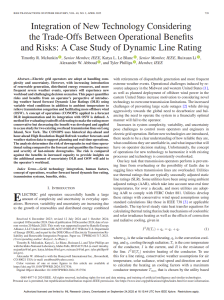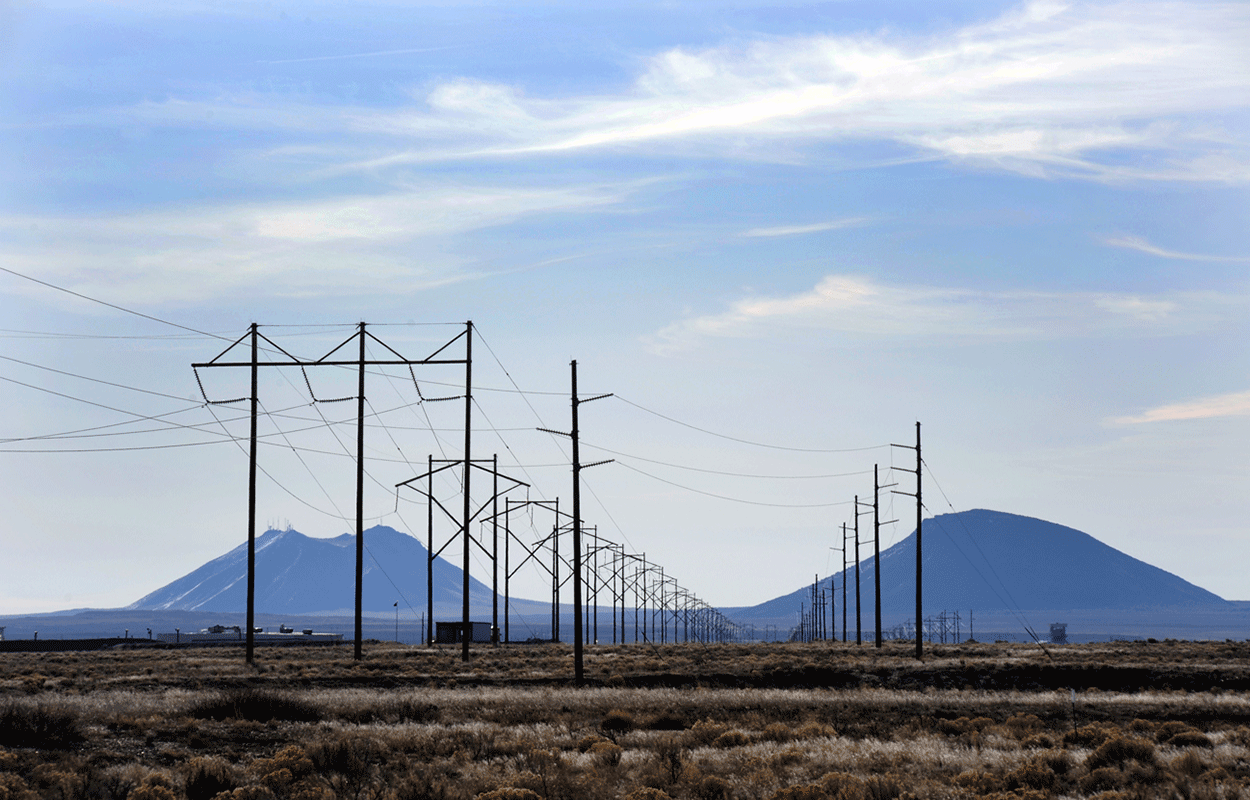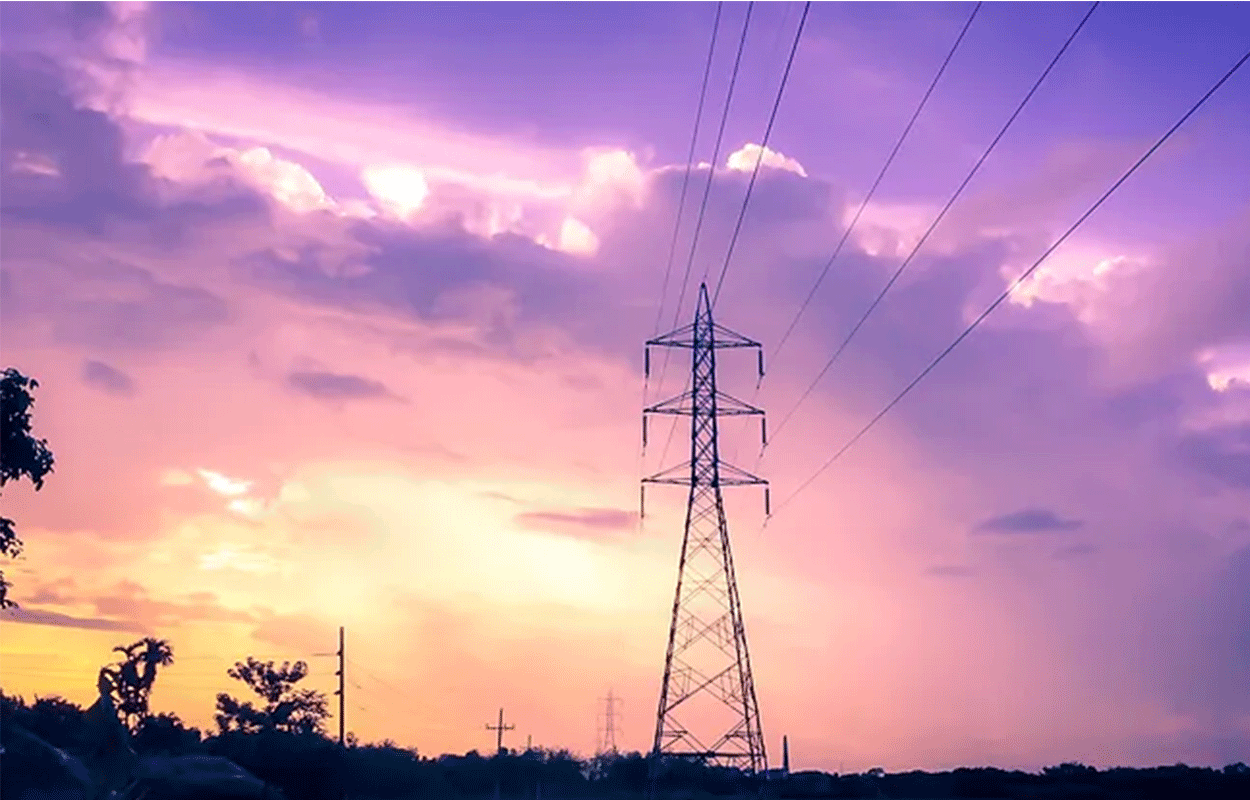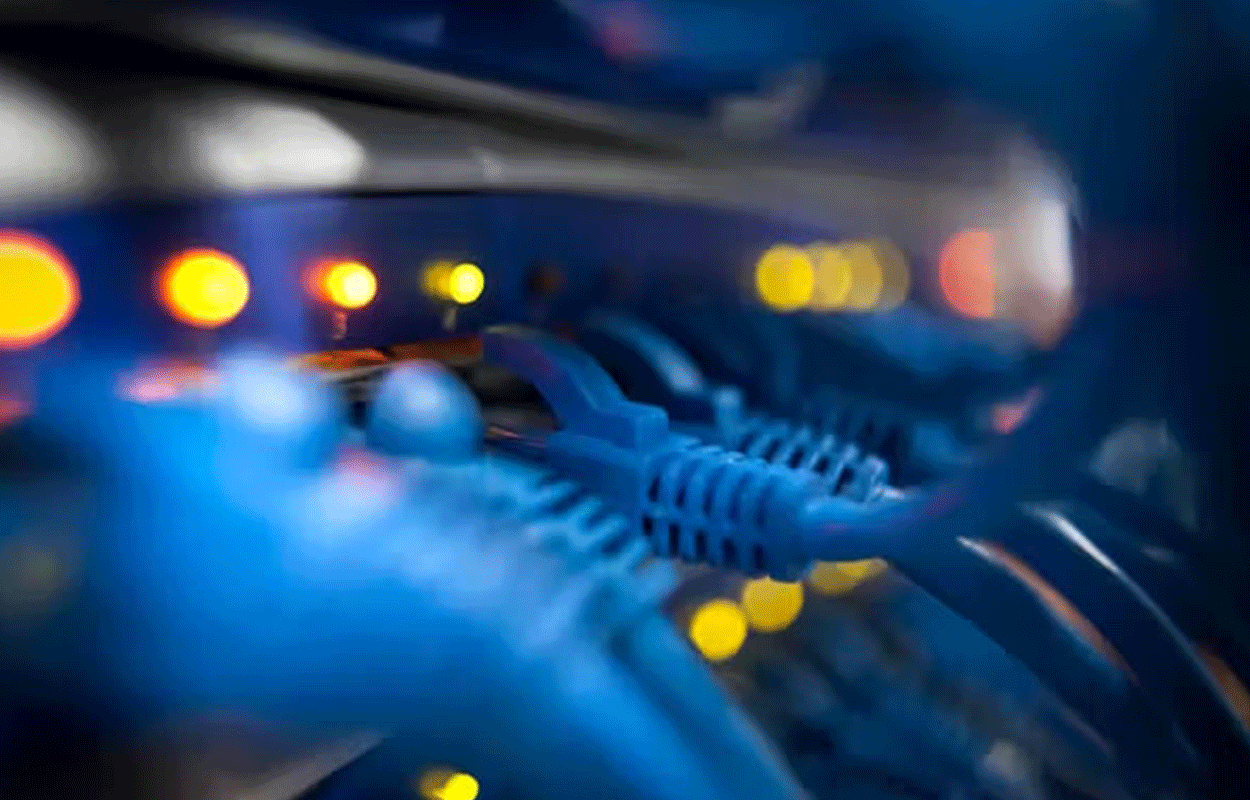Applied Grid Solutions
Optimizing Energy Transmission and Distribution
The U.S. electrical grid faces many challenges over the coming decades. Aging infrastructure must be replaced, demand for power increases, and climate change is driving a push for clean and sustainable energy. These combined challenges strain existing transmission systems to provide reliable power. Upgrades to the transmission system can be costly and time-consuming, which has created a backlog of transmission projects across the nation. Grid-enhancing technologies (GETs) provide operational support while larger upgrades are completed en route to a transmission system that reliably integrates new power sources.
To advance the energy grid to emerging technology demands, the Department of Energy has supported research to fill knowledge gaps of grid technologies, develops new modeling and simulation methodologies, and conducts a full-scale, multifaceted field exercise on INL’s Power Grid Test Bed. INL’s nearly two decades of R&D expertise in Dynamic Line Rating adds significant depth to the expansion of innovative solutions.
This work will allow regulatory bodies and utility providers to evaluate the benefits and risks of these devices and techniques. The combination of GETs leads to improving the use of existing transmission lines, supporting transmission upgrades as they occur, maximizing power transfer, and reducing lost revenue due to congestion and inefficiency.
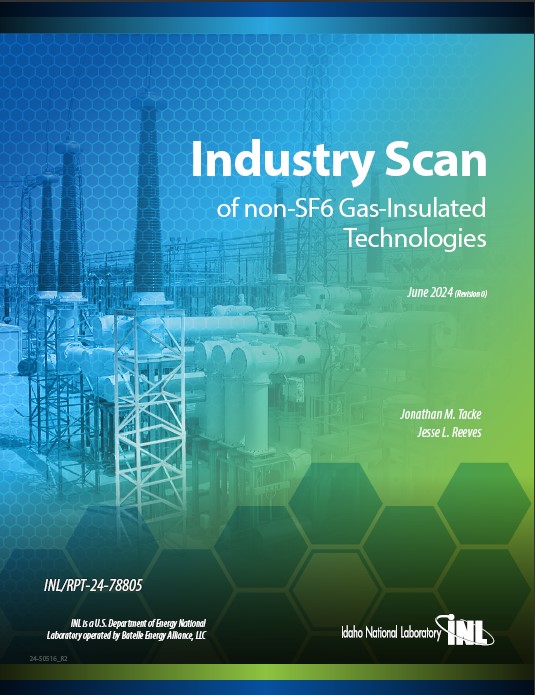
Industry Scan of Non-SF6 Gas Insulated Technologies
This scan profiles the state of the market for non-SF6 technologies used by power utilities. SF6 is a potent greenhouse gas that will potentially be phased out of use soon. Demand for non-SF6 equipment in new infrastructure is greatly outpacing production capacity, leaving SF6 equipment to meet remaining market needs. In addition to the installation of additional SF6 equipment, there are nearly 80,000 legacy substations requiring technical or regulatory strategies to limit SF6 emissions.
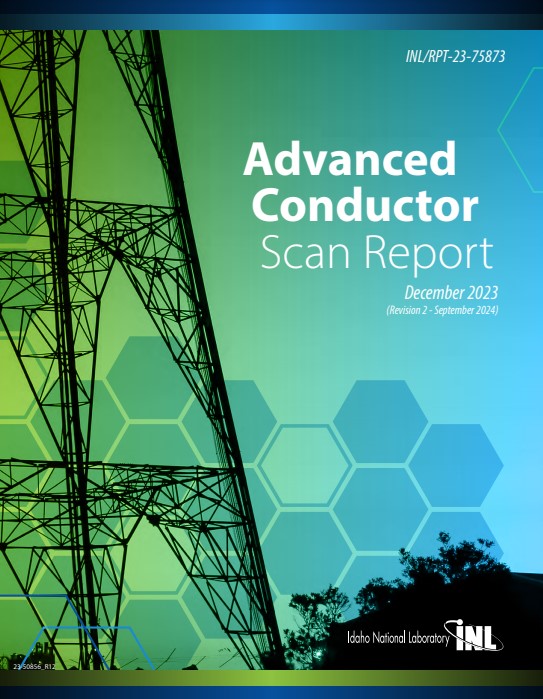
Advanced Conductor: Scan Report
This scan profiles more than 40 electric transmission utilities and finds that while over 70% have deployed advanced conductors, there are still about 125,000 miles of existing transmission lines that would benefit from advanced conductors to improve grid capacity and efficiency. The urgent need for capacity expansion to support the energy transition is expected to lead to a rapid increase in the use of advanced conductors.
Grid Technologies
Dynamic Line Rating
Power Flow Controller
Wind Energy
Natural Hazards
Reports
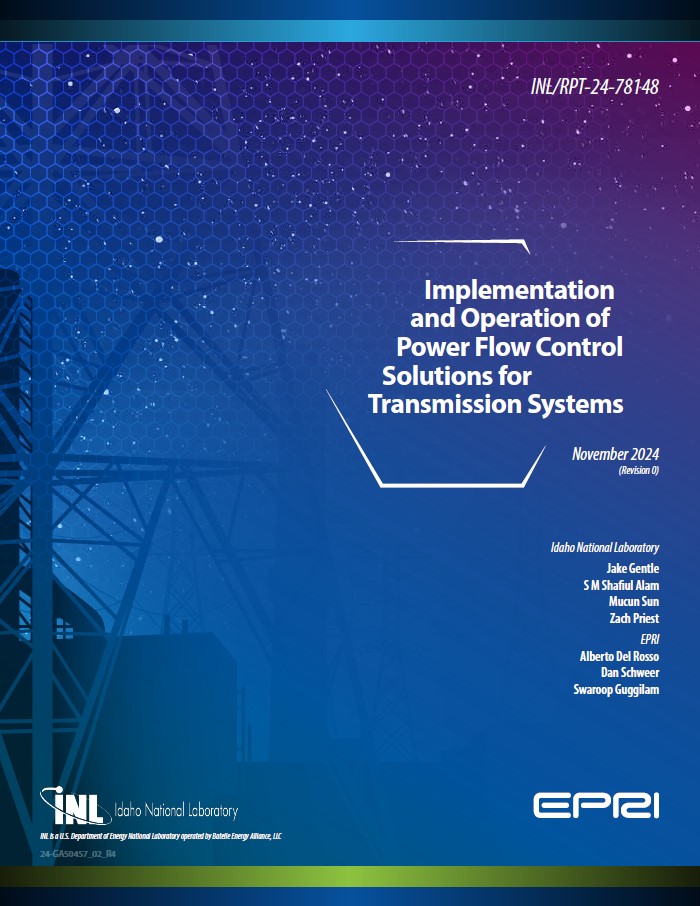
Implementation and Operation of PFC Solutions for Transmission Systems

Cybersecurity Considerations for Dynamic Line Rating Deployment

Variable Transmission Line Ratings

Grid Enhancing Technologies
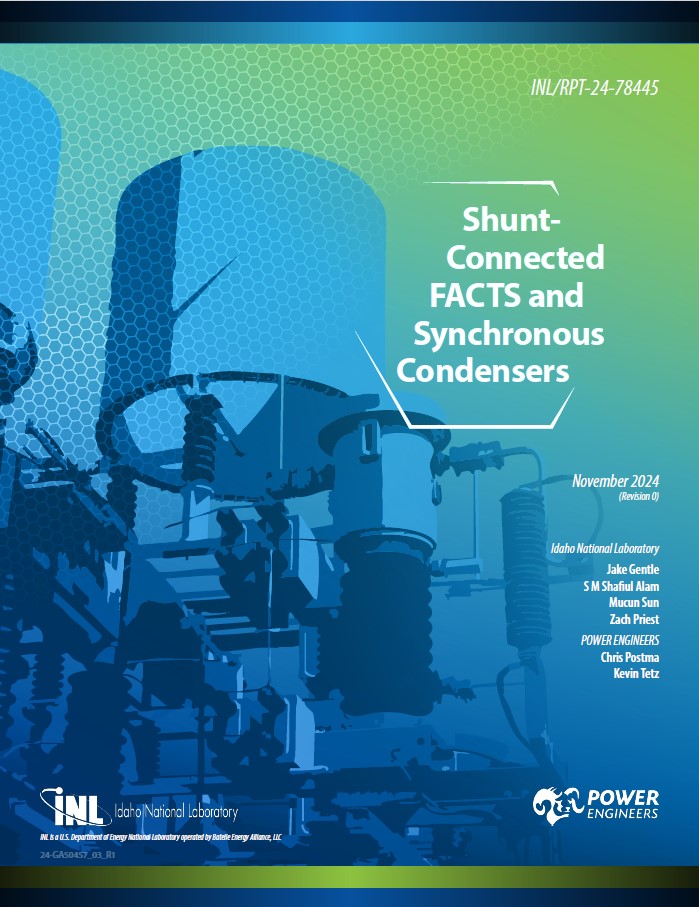
Shunt-Connected FACTS and Synchronous Condensers
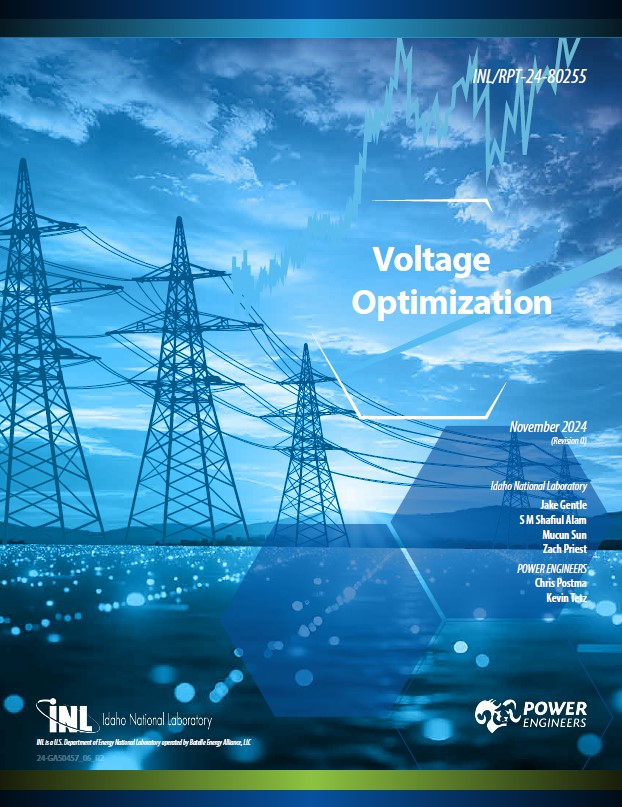
Voltage Optimization

A guide to case studies of grid enhancing technologies
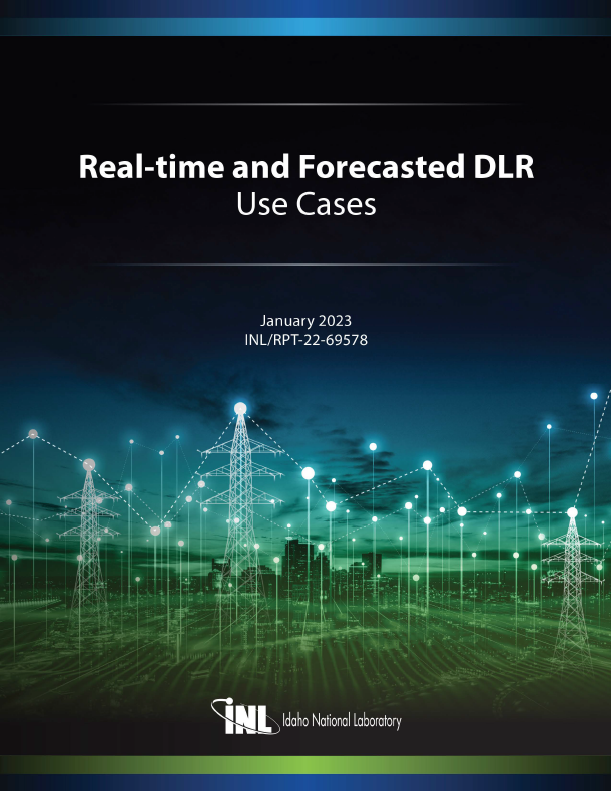
Real-Time and forecasted dlr use cases
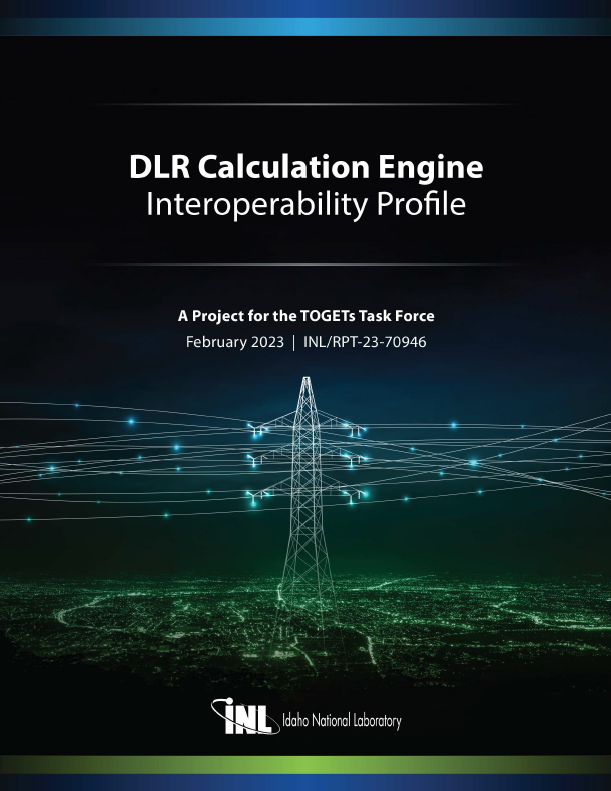
DLR calculation engine interoperability profile
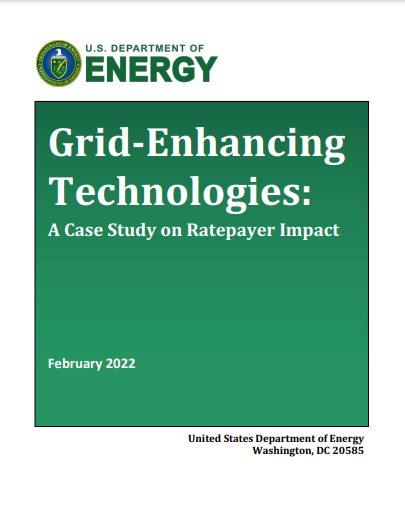
A case study on Ratepayer Impact
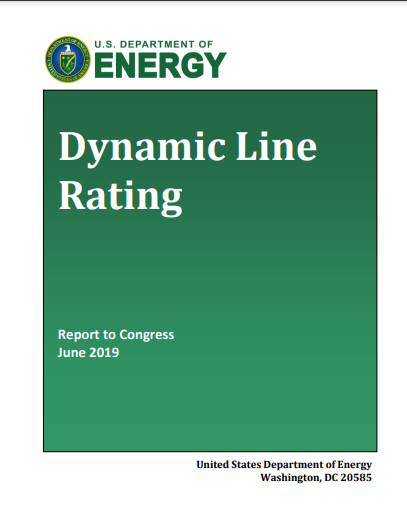
Dynamic Line Rating
Grid Solution
GETs devices can support increased power flow across transmission systems, which shows innovative uses of technology. How utilities and transmission operators will implement the capabilities from GETs in practice remains to be seen. A few potential operational uses of GETs include:
- Transmission congestion relief: Dynamic Line Rating (DLR) can be used to increase the temporary capacity of transmission lines, and power flow control (PFC) can be used to reroute power over an alternate route to prevent congested lines from being overloaded and risking a fault.
- Reduce curtailment from wind resources: Higher energy production at wind plants and increased cooling of nearby transmission lines correlate due to the same wind resource. DLR can help operators take advantage of this correlation (referred to as concurrent cooling), allowing more wind energy to be generated and transmitted during high wind periods than what the static rating might allow.
- Unit commitment: Day-ahead DLR forecasts can help operators decide which generating units to schedule based on anticipated loads or congestion.
- Emergency relief: Real-time DLR can be used during times of peak load or unusual circumstances to temporarily push more power over lines.
- Scheduling maintenance: Days-ahead to week-ahead DLR can be used to forecast good periods for line maintenance, when other routes will have to take on more power transmission. PFC technology can be installed temporarily to reroute power while certain lines are out of service for maintenance.
- Deferral of transmission system upgrades: The queue for transmission line upgrades is quite long. Supply shortages, skilled labor shortages and approval processes across different jurisdictions contribute to these delays. Installing DLR and PFC in a region can allow operators to keep up with growing load or the addition of new renewable resources on the system while permanent transmission line upgrades are pending.
After understanding the motivation for deploying GETs, it is important to figure out the detailed process for leveraging GETs information and capabilities. In the case studies document, INL explores this process in detail for two examples of DLR use, highlighting the actors involved, the steps needed and the requirements for all parties to enable the steps for successful execution of the DLR. Diving into even further detail, the interoperability profile discusses each piece of information that must be transmitted to the operator.
Steps for GETs Location Identification
This guide outlines the basic steps for implementing two types of grid enhancing technologies: Dynamic Line Rating and Power Flow Controllers. These technologies can be installed individually or together, depending on the utility’s needs.
The purpose of this document is to help utilities understand what data they need to collect before engaging with a vendor. Gathering this information early can make the installation process smoother and more efficient.
Utilities can use as much or as little of the checklist as they find helpful before contacting a vendor. Sample vendor forms are included in the appendix for reference. Click here for blank. Click here for example.
GETs Costs
Since the GETs industry is relatively new, potential device users do not always know how much an investment in GETs will cost. Similarly, there is no valuation framework to estimate the benefit provided by GETs. One challenge with valuation is that many benefits may come from avoiding additional costs, such as using higher priced generators or even avoiding an outage caused by congestion. INL has identified multiple factors to consider in a cost/benefit analysis:
- Cost of devices
- Cost of design work (impact analysis, device placement, sizing needs, siting analysis)
- Cost of installation (extra materials, labor, etc.)
- Cost of maintenance (monitoring device health)
- Cost of licensing (continuing to receive support and/or connection to devices from vendors)
- Avoided costs of energy (e.g., using more wind energy instead of a peaker plant generator)
- Avoided costs of outages (e.g., can safely push more power over a line or can redirect power to reduce congestion)
- Ability to serve more load
- Ability to perform maintenance in opportune windows
Modeling and Simulation
No potential GETs user will consider deploying these technologies without first understanding how they will impact their system. INL is working with project partners to build generic models of GETs technologies that can be used for power system modeling and simulation. Many GETs devices could change some of the fundamental building blocks of power system modeling. For example, line impedances are assumed to be static, but with PFC, they could be a controllable value. Line limits are also assumed to be static, but Dynamic Line Rating uses factors outside of traditional power system modeling to make this a dynamic value. While this adds complexity to an already dynamic and complicated problem, the solution unlocks potential for the grid of the future. Power flow modeling of the system can determine congestion and curtailment under both standard N-0 configurations for economic dispatch, as well as the congestion and curtailment under the N-1 contingencies (when one line is temporarily out of commission), which create tighter restrictions on the system. Under regular operations, there is typically high headroom on the line between its load and thermal capabilities, with large constraints only apparent in periods of high system electrical use or during N-1 contingency security. By building PFC and DLR into power system modeling, the impact of these GETs on peak times or contingency situations can be isolated, rather than generic statements claiming increases in capacity.
All Hazards Analysis (AHA) is a dynamic framework for dependency analysis, empowering the discovery of critical infrastructure insights and facilitating decision-making. Developed by Idaho National Laboratory, AHA identifies dependencies and associated risks, offering decision-makers and emergency managers a holistic perspective on interconnected infrastructure systems.
Deployment Challenges
Through a demonstration at the INL Site, the research team has documented challenges deploying GETs. By documenting the process and finding solutions, the team hopes to provide resources that promote the adoption of GETs and may avoid discouraging potential GETs users from adopting the technology.
- INL worked with vendors to use its on-site cellular network, promoting security of wireless communications.
- INL helped vendors navigate the registration process to be a subcontractor for government funds, which may help if future projects are partially funded by government awards.
- INL worked with vendors to customize solutions to the field constraints at the Site. Adapting deployment or installation practices to the customer’s needs will be important for GETs, which can be deployed for a wide range of potential applications.
Resources from the demonstration project, such as the request for proposal, test plans and lessons learned, will be published for industry reference.
Energy Curtailment Avoided vs. Costs
 A recently published report, Grid Enhancing Technologies: A Case Study on Ratepayer Impact, focused on a set of lines in western New York that was analyzed to improve integration of new wind and solar power through DLR and PFC technologies. The GETs cases provide options to address curtailment at a fraction of the cost. The payback period appears to be faster for GETs than traditional upgrades, even though the life cycle is shorter. The study determined a range of costs for estimated GETs versus the curtailment avoided.
A recently published report, Grid Enhancing Technologies: A Case Study on Ratepayer Impact, focused on a set of lines in western New York that was analyzed to improve integration of new wind and solar power through DLR and PFC technologies. The GETs cases provide options to address curtailment at a fraction of the cost. The payback period appears to be faster for GETs than traditional upgrades, even though the life cycle is shorter. The study determined a range of costs for estimated GETs versus the curtailment avoided.
Industry Engagement
INL is working with several industry partners to research and advance the knowledge of Grid Enhancing Technologies and integrate solutions.
Project Partners
- EnerNex
- Power Engineers
- Telos Energy
Project Technology Providers
- WindSim Power
- Ampacimon
- Smart Wires
Drone Deployable DLR Sensors
Grid-enhancing technologies offer solutions to congestion problems, but cost is a concern. Engineers from Pitch Aeronautics have developed a drone system technology to reduce installation time, effort and cost. INL’s GETs experts collaborated with Pitch Aeronautics to develop a drone deployable Dynamic Line Rating sensor. The INL Technical Assistance Program provided 40 hours of free technical assistance, leading to a follow-on project demonstrating drone installation on a 13.8kV distribution line.
Human Factors Considerations
Human factors are critical to the successful integration of grid technologies. As grid operations grow more complex, challenges like poor technology integration, inadequate visualization and increased decision-making demands can hinder effectiveness. Addressing these issues through human-centered design—such as improved control room displays and early involvement in technology development—can enhance operator performance and support broader adoption of new tools.

